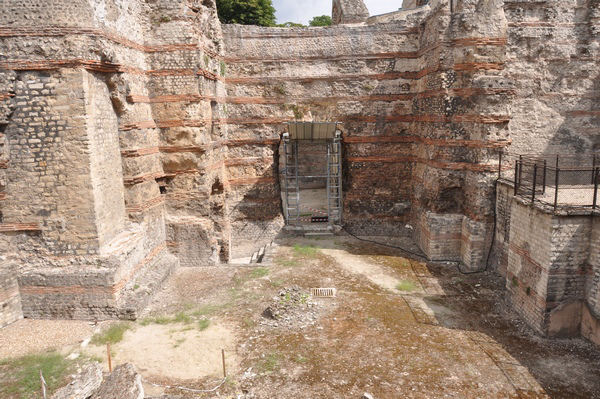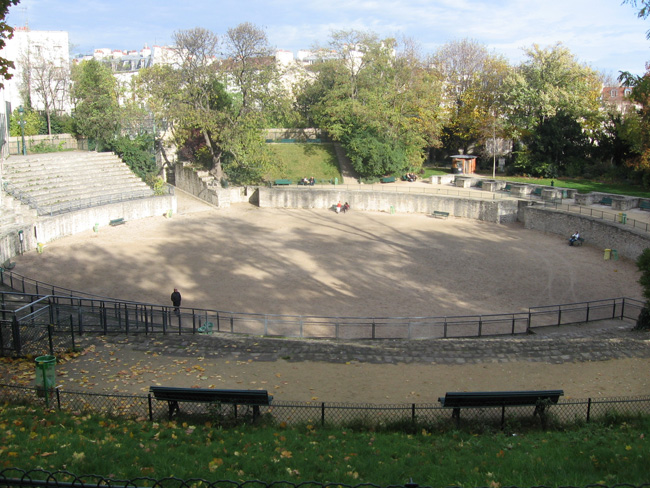Rare is the region of Western Europe that was not once occupied by the Romans. The city of Paris is no exception. While the site along the river Seine was settled by the Gauls hundreds of years prior, it wasn’t until the Gallic Wars of Julius Caesar and the subsequent Roman domination of present-day France that the city’s role as a European centerpiece was first formed. Paris has eventually been freed from Roman rule and the civilization’s mark on the continent has long since converted into rubble and ruins. While it probably takes a well-planned Club Med France package to see the Roman ruins of the entire country, there’s a couple of spots in Paris where parts of the ancient Roman Empire still see sunlight to this very day.
Thermes de Cluny
Located in the heart of the 5th arrondissement of Paris, Thermes de Cluny are the remains of a once extensively-built bathing complex constructed in the early years of the 3rd century AD. The public baths of Roman-occupied Paris jutted out onto the river Seine, however this exposure to attack led to the bath’s destruction at the hands of barbarians. But what remains is still an archeological gold mine of information. For instance, experts are able to theorize that the complex was built by workers who primarily constructed ships, based on the way the building’s design is similar to that of a boat from the same era. These clues to the past are available to see for yourself in Paris, as the Thermes de Cluny is only one part of a large modern day history museum.
Arènes de Lutèce
Located appropriately in the Quartier Latin, the Arènes de Lutèce are considered some of the most precious of structural remains of the Gallo-Roman era of Parisian history. Not as grand as the Colosseum located in Rome, the ruins were nonetheless once an amphitheater offering similar entertainment and was no doubt the premier venue of the region, being able to fit 17,000 spectators. Today visitors can descend the bleachers that remain into a large portion of the ringed arena which was cleared by archeologists in the 19th century. The signature feature is only barely visible today, but the Arènes de Lutèce once featured both a combat arena and a standard stage, allowing for both theatrics and games to occur in an alternating pattern during any given event. Visiting the ruins is free, as they rest in the middle of a residential area.
French history is itself a detailed tapestry, but while in the City of Lights you can dig a little deeper to find the history that precedes the modern nation. Once upon a time, the Romans ruled over the very spot where we find the Eiffel Tower and Cathedral de Notre Dame today. If you fancy to feel what it was like to live during the Gallo-Roman era of Paris, then the Roman ruins of the city are the best place to start.




